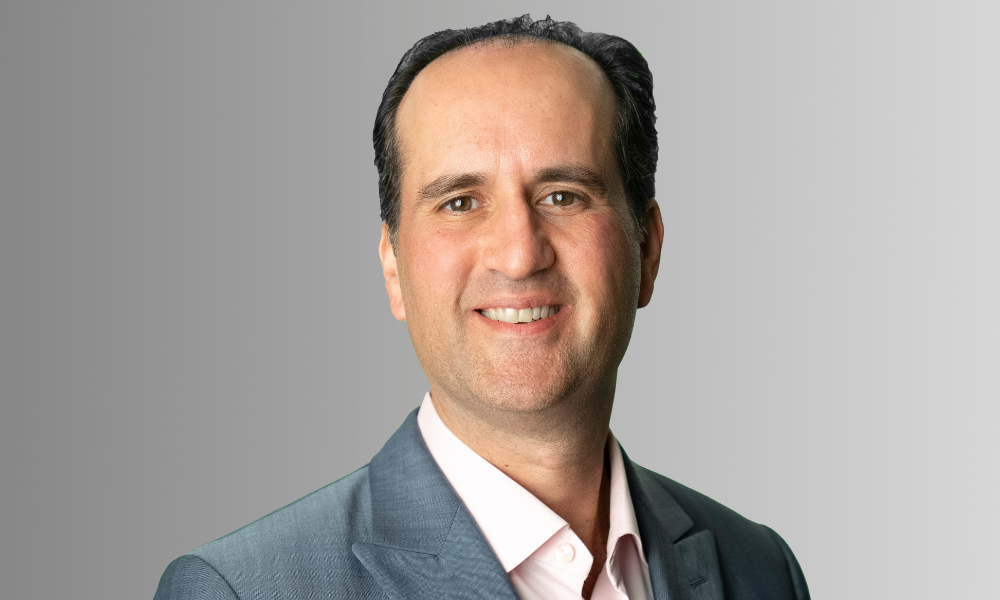What are the top trends in private equity?

What are the top trends in private equity? | Insurance Business America
Insurance News
What are the top trends in private equity?
Private equity dry powder has surged to record highs
Insurance News
By
Nicole Panteloucos
In the ever-evolving landscape of private equity, one term has consistently captured the attention of investors and analysts alike: dry powder.
This financial jargon, referring to the capital that private equity firms have raised but not yet invested, has seen a remarkable surge in recent years.
Seth Gillston (pictured), private equity industry practice leader at Chubb, sat down with Insurance Business to discuss the driving forces behind this trend, reflecting on both the challenges and opportunities that private equity firms face today.
Surge in fundraising
Over the past few years, private equity firms have engaged in extensive fundraising activities, amassing significant capital from sources including sovereign wealth funds, pension funds, and individual investors.
According to Gillston, this influx of funds has led to an unprecedented accumulation of dry powder.
As reported in Pitchbook’s 2023 Annual US PE Breakdown, unused capital reached a record high of $955.7 billion.
“Depending on what source you look at, some dry powder estimates say trillions of dollars. Where is that money going to be used?” said Gillston.
Valuation discrepancies
The primary challenge now is the effective deployment of this capital in a market where deal flow has slowed down due to valuation discrepancies.
“Some of the dry powder buildup is driven by disparities between buyers and sellers. So, a buyer thinks a company is worth x, and the seller thinks it’s worth y, and the deal hasn’t gotten done, because they can’t agree on valuations,” Gillston said.
These discrepancies have led some firms to hold onto investments for longer periods, further contributing to dry powder buildup.
“What we have noticed is the hold period, the average number of years that the private equity firm holds onto the portfolio company, has increased,” Gillston said.
However, with substantial capital at their disposal, Gillston noted that private equity firms are well-positioned to invest in high-potential companies and sectors.
“We’re reaching a point where there’s so much money waiting to be invested,” he said.
Identifying growth potential
The key to successfully deploying dry powder, according to Gillston, involves identifying and investing in companies that align with market trends and exhibit robust growth potential.
This includes investing in both traditional sectors and emerging areas like technology, such as life science firms conducting clinical trials, as well as what Gillston refers to as “climate plus” companies, which focus on sustainability solutions such as wind and solar power, and battery storage.
Shaping future industries
Looking ahead, Gillston notes that the utilization of dry powder will shape the future of emerging industries.
These investments will determine how companies expand, and which projects they undertake.
“Once companies have that capital, what are they going to deploy? What offices are they going to buy? What locations? Where are they going to expand to? What construction projects are they going to do?” Gillston said.
“There are so many companies looking for investment to get to that next level.”
Related Stories
Keep up with the latest news and events
Join our mailing list, it’s free!






